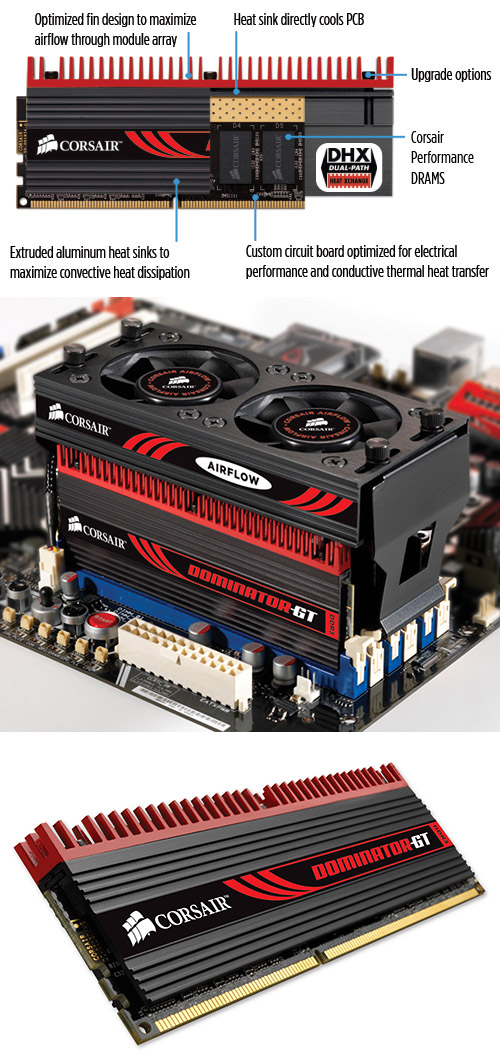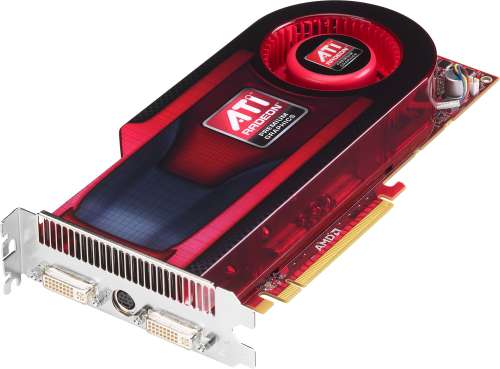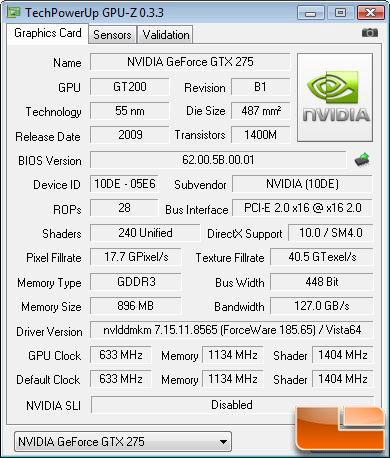

CORSAIR Dominator GT 6GB (3 x 2GB) 240-Pin DDR3 SDRAM DDR3 2000 (PC3 16000) Triple Channel Kit Desktop Memory Model TR3X6G2000C8GTF G
Package includes:
Model
Brand CORSAIR
Series Dominator GT
Model TR3X6G2000C8GTF G
Type 240-Pin DDR3 SDRAM
Tech Spec
Capacity 6GB (3 x 2GB)
Speed DDR3 2000 (PC3 16000)
Cas Latency 8
Timing 8-8-8-24
Voltage 1.65V
Multi-channel Kit Triple Channel Kit
Heat Spreader Yes
Features Three matched 2GB modules for use in high performance Core i7 systems
Dual-path Heat Xchange (DHX) cooling technology
Includes Airflow fan for increased cooling performance
Recommend Use High Performance or Gaming Memory
CORSAIR DOMINATOR-GT 6GB (3 x 2GB) 240-Pin DDR3 SDRAM DDR3 1866 Desktop Memory with Airflow Fan Model TR3X6G1866C7GTF G
Package includes:
Model
Brand CORSAIR
Series DOMINATOR-GT
Model TR3X6G1866C7GTF G
Type 240-Pin DDR3 SDRAM
Tech Spec
Capacity 6GB (3 x 2GB)
Speed DDR3 1866
Cas Latency 7
Timing 7-8-7-20
Voltage 1.65V
Multi-channel Kit Triple Channel Kit
Heat Spreader Yes
Features Three matched 2GB modules for use in high performance Core i7 systems
Ultra-low 7-8-7-20 latency
DHX technology provides maximum cooling
Includes Airflow fan for increased cooling performance
Recommend Use High Performance or Gaming Memory









